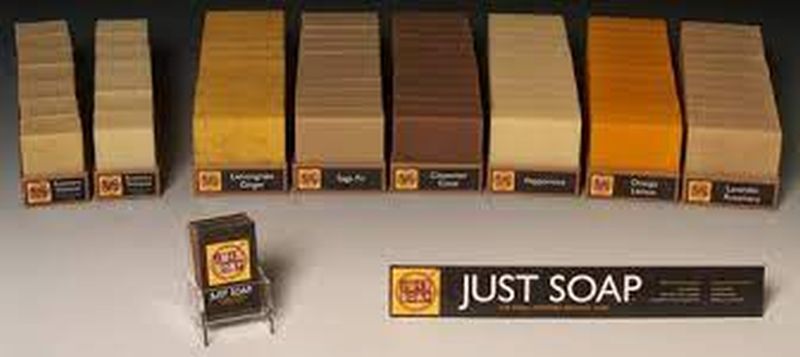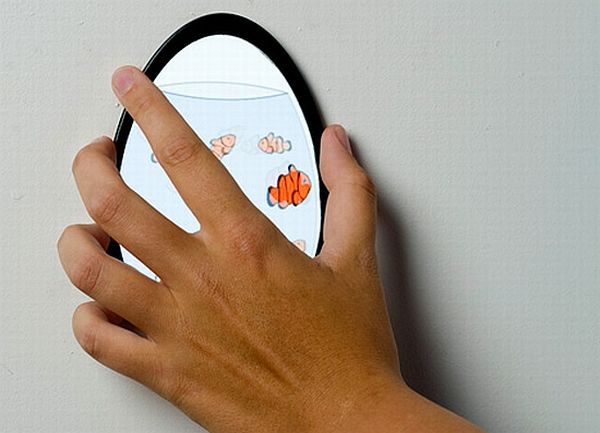
Owing to the expense of wood and the high cost of wooden furniture, companies are thriving in making use of useful materials to replace wood, so the entire process is cost efficient. Most of these materials are not only environment friendly, but are also easy on the pocket of the consumer. They have been found to be sustainable, making them the favorite choice of the many modern furniture designs.
Of these, a few can be safely used in home construction and other sturdy projects. Seven hand-picked substitutes for wood are discussed here.
- Bamboo
Thought considered a wood, bamboo is actually grass and is probably the most useful plant available in the world. The plant grows fast and this makes it an easy choice for making furniture and using for other projects. Bamboo is used to make products ranging from furniture like tables and chairs to furnishings like curtains and bedsheets. The uses of bamboo are extensive and its products are found to be eco-friendly, solid and sturdy. Bridges made of bamboo can be also found, and it is also used in creating beautiful floors for homes. Bamboo is also found to be used in making computer hardware like mice, hard drive cases, keyboard covers etc. Being a renewable resource, it is widely appreciated by environmentalists around the world to help make the earth a greener, safer place. - Straw
The flax, oat and wheat straw are great alternatives to wood. It is a fiber and has a wide range of uses. For thousands of years, straw has been found to be used by our ancestors to make products ranging from bedding to art forms. Being easily available, straw is also used in building constructions mixing it with clay and earth. In some places, straw is used to provide insulation to wooden framed homes and structures. No wonder, straw is considered a cheaper alternative to wood. - Hemp
Hemp is fast-growing, renewable, and easily available stuff like bamboo. Similar to the uses of bamboo, hemp is widely used in building construction and making other structures. It is also water proof, fire proof, lightweight and self insulating, making it a great choice to replace wood for home constructions. Its other uses include making paper, food products, fabrics, body care products, and even fuel. Hemp is one best choice to go green. - Cork
Cork is really a wonder, as it can replace wood, being lighter than water, buoyant, impermeable, elastic and fire resistant. It has 50% air by volume and in certain countries like the United States, cork is being used in flooring or for insulating floors. It is warm and comfortable to walk on. Cork is also found to be used in sound proofing rooms and insulating warehouses. It grows faster and is sustainable than wood, making it a finer choice to use for construction and remodeling purposes. - Soy
Soy is widely used to make shelves and cabinets and is proven to be very versatile. Though not a sturdy substitute for wood, the fiber is being used for insulation and carpet padding purposes. Besides these, soy has many health benefits too. - Nutshells
Serving a variety of purposes, nutshells, basically that of almonds, hazelnuts and walnuts are ground into a paste and mixed with resins and molded to make furniture. Dollhouse furniture is usually made using walnut shells. Many arts and craft works are made using nutshells and the products are recyclable. Nutshells have many industrial and chemical uses as well. - Plastic lumber
Recovered plastic or plastic mixed with several other materials is used to make plastic lumber, which could be a great alternative for wood and wooden products. Besides being used in making furniture, its other industrial uses include its use in making flooring and pallets. Reinforced plastic lumber is chemical and moisture resistant, making it last longer than wood. It is splinter free and is graffiti resistant. Being flexible, the plastic lumber can be shaped or curved easily, and requires less or no maintenance.
The creative alternatives of wood is not limited to these seven choices. There are several other renewable materials used in place of wood, though not for the many sturdy purposes served by wood. The aim is to preserve forests and to limit the harvesting of trees. This in turn reduces air pollution and other factors that affect the environment. Companies like Dell Computers are said to use bamboo fibers to pack their computers and other materials, which is surely a step toward a greener future.




